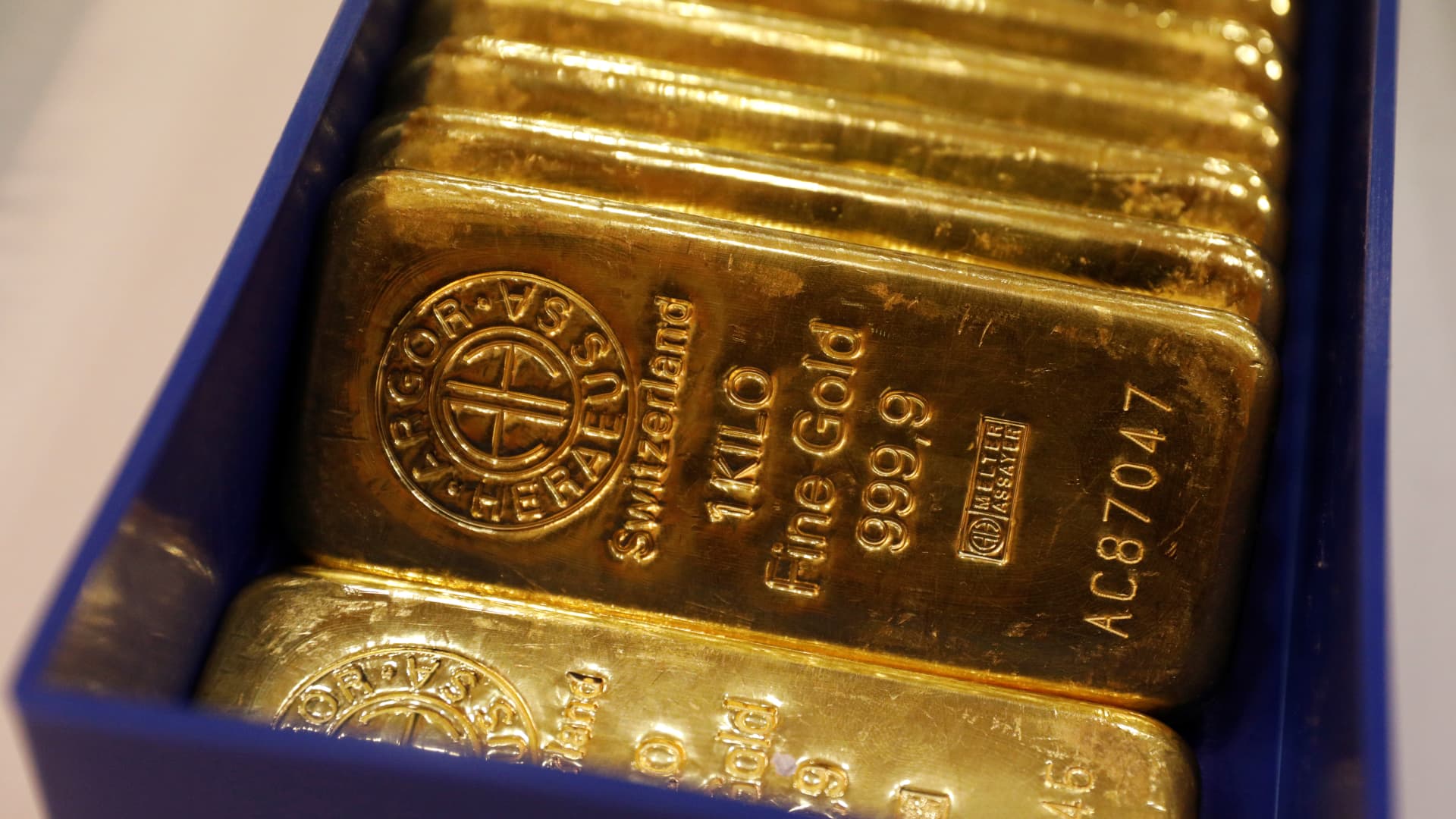Gold prices rebounded on Tuesday following a recent dip, as the dollar weakened. Investors are also closely watching key U.S. inflation data and upcoming central bank policy meetings for signals on future interest rates.
Spot gold saw a 0.2% increase, reaching $1,986.09 per ounce, while U.S. gold futures rose 0.4% to $2,001.30. The dollar also dipped 0.1% against other currencies, making gold more affordable for foreign investors.
Kelvin Wong, a senior market analyst at OANDA, noted that the upbeat U.S. jobs report tempered expectations of an imminent interest rate cut by the Federal Reserve, leading to profit-taking and speculative bets on gold. Moreover, the upcoming release of the U.S. Consumer Price Index (CPI) report is expected to provide further insight into inflation trends.
The Federal Open Market Committee is scheduled to hold its two-day monetary policy meeting with an interest rate decision and the release of its summary economic projections, while the European Central Bank and the Bank of England will hold their policy meetings later in the week. These events will likely influence the trajectory of gold prices moving forward.
In addition to the rise in gold prices, silver, platinum, and palladium also saw gains, reflecting the broader market sentiment towards precious metals. For instance, silver rose 0.5% to $22.90 per ounce, platinum gained 0.4% to $913.70, and palladium climbed 0.7% to $963.48 per ounce.
Overall, the movements in gold prices are indicative of the complex interplay between factors such as currency fluctuations, inflation expectations, and central bank policies. As such, continued market volatility and global economic uncertainty will likely contribute to fluctuations in gold prices in the near term. As we head into 2022, keeping an eye on the actions of major central banks and the evolving economic landscape will provide valuable insights for gold investors and traders.









